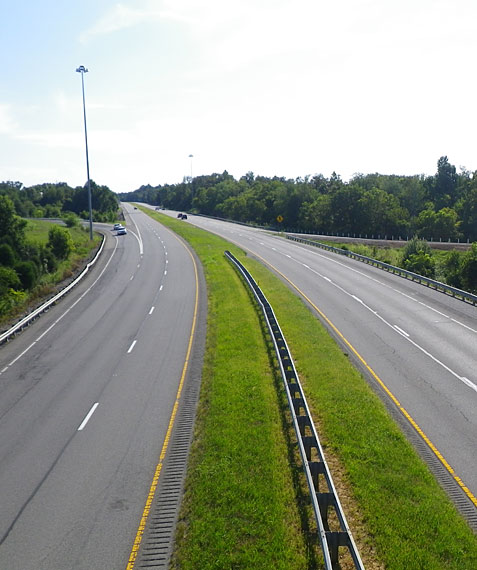
 Optimal, cost-effective, biggest bang-for-the-buck, strategic. All these catch-phrases mean the same thing: taking the right action, at the right place, at the right time to reach your objective given the constraints (social, financial, legal) of your system and how your ecological network responds to perturbations. The first step in any optimization is understanding the objective and actions that can be taken. We use techniques such as interviews, computer simulations or legal requirements (e.g. Endangered Species Act) to determine what the objectives are and how people value different outcomes and actions. Next we consider the costs and effectiveness of actions we will use to reach our objective. Finally, we formalize our model by using a (often dynamic) population model to predict population response to actions and use optimization procedures to determine the best strategy to reach our goal at the lowest cost.
Optimal, cost-effective, biggest bang-for-the-buck, strategic. All these catch-phrases mean the same thing: taking the right action, at the right place, at the right time to reach your objective given the constraints (social, financial, legal) of your system and how your ecological network responds to perturbations. The first step in any optimization is understanding the objective and actions that can be taken. We use techniques such as interviews, computer simulations or legal requirements (e.g. Endangered Species Act) to determine what the objectives are and how people value different outcomes and actions. Next we consider the costs and effectiveness of actions we will use to reach our objective. Finally, we formalize our model by using a (often dynamic) population model to predict population response to actions and use optimization procedures to determine the best strategy to reach our goal at the lowest cost.
The outputs of this research prioritize specific actions to manage and conserve species of concern at local to global scales. Models are be formulated with manager, stakeholder, government and public input to ensure that the model results are useful and informative to guide decision making. For migratory animals, models identify where and under what circumstances to restore habitat at specific locations (breeding vs. non-breeding grounds) across the annual cycle to maximize population viability. For urban cats, optimal management strategies focus at municipal scales to identify where resources should be allocated to reduce the number of unowned cats entering the shelter system while at the same time minimize the number of birds that are killed by free-roaming cats.
Techniques used include: linear optimization; stochastic dynamic programming
Current work and opportunities: optimal conservation of migratory animals, responsible and cost-effective management of cats in urban areas
© 2024 Tyler Flockhart | Solutions for complex ecological problems